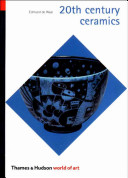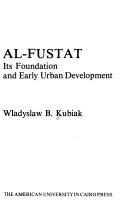Early Twentieth-Century Islamic Architecture In Cairo
Tarek Mohamed Refaat Sakr.
نبذة عن الكتاب
The first half of the twentieth century witnessed a reaction in Cairo against the occidentalizing architectural trends which had prevailed in the nineteenth century and interrupted the natural evolution of Islamic architecture. This new study seeks to define the different trends of the Islamic Revival period and discuss their motivation, progress, and achievements. After a survey of the stylistic evolution and foreign influences in Cairene architecture until the end of the eighteenth century and a brief account of the nineteenth-century background to the Islamic Revival period, the author discusses the impact of architectural education, nationalism, and parallel styles on Islamic Revival architecture. Then, through the examples of a number of Cairo facades, he proposes for the first time a definition of five recognizable Islamic Revival styles: Neo-Islamic Revival, Modernized Islamic, Eclectic, Twentieth-Century Islamic, and Baroque Islamic (Heliopolis).



































